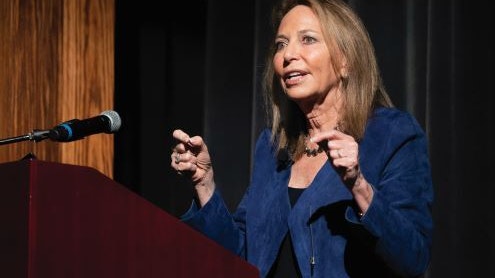Homepage
•
Learning Library
•
Blog
•
The science behind supporting students after the COVID-19 outbreak
Expand breadcrumbs
Expand breadcrumbs
- Learning Library
- Blog
- The science behind supporting students after the COVID-19 outbreak
- Homepage
- •
- Learning Library
- •
- Blog
- •
- The science behind supporting students after the COVID-19 outbreak
The science behind supporting students after the COVID-19 outbreak
By Julie Phillips Randles
June 24, 2020








